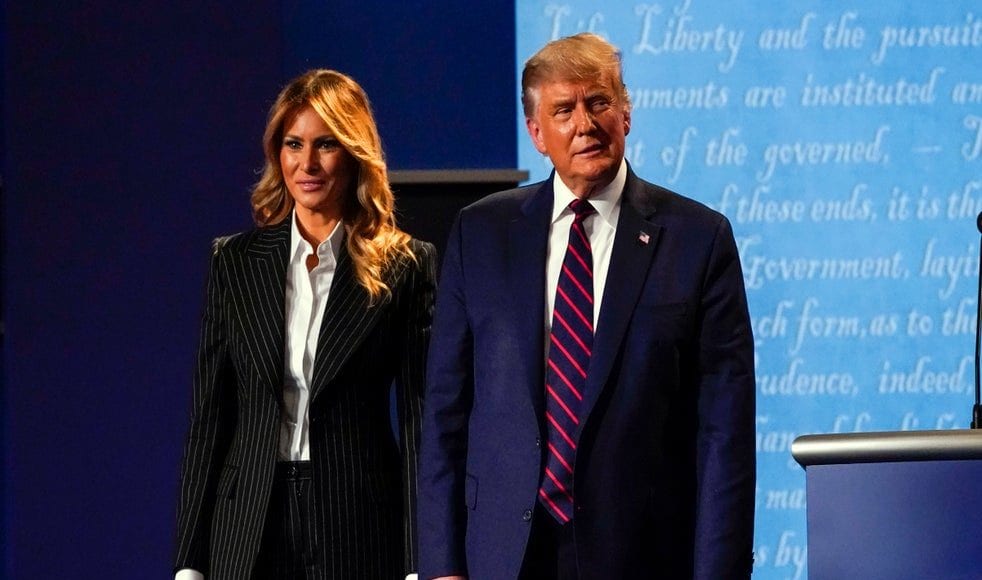(Reuters) – Oil prices fell more than 4% on Friday and posted a second weekly decline after U.S. President Donald Trump tested positive for COVID-19, roiling risky assets, and as rising global crude output threatened to overwhelm the market’s weak recovery.
Benchmark Brent and U.S. crude each posted a second straight week of losses. The uncertainty surrounding the U.S. president’s health added to a series of jitters, including a lackluster U.S. unemployment report and increased supply from major world oil producers.
“It’s been a rough week, and now the president’s diagnosis sends a shudder through markets,” said John Kilduff, partner at Again Capital in New York. “The COVID-19 pandemic has weighed more on the oil market than any other asset class.”
This week marked the grim milestone of 1 million deaths and several countries are tightening restrictions and contemplating lockdowns as infections accelerate.
Brent crude was down $1.66, or 4.1%, at $39.27 a barrel. Brent was down 7% on the week. U.S. oil settled down $1.67, or 4.3% at $37.05 a barrel, an 8% drop on the week. Both benchmarks were down for a second consecutive week.
The U.S. labor market recovery slowed in September, as non-farm payrolls increased by 661,000 jobs last month after advancing 1.49 million in August, the U.S. Labor Department said.
Trump’s announcement that he and First Lady Melania Trump had tested positive for COVID-19 prompted selloffs in equity markets worldwide. <MKTS/GLOB>
Increasing supply also weighed on the market. U.S. energy firms added oil and natural gas rigs in the latest week, according to energy services firm Baker Hughes Co, a signal of more supply to come. The increase was the third in a row and came as price increases in recent months prompted some producers to start drilling again. [RIG/U]
Crude supplies from the Organization of the Petroleum Exporting Countries (OPEC) rose in September by 160,000 barrels per day (bpd) from a month earlier, a Reuters survey showed.
The rise was mainly the result of increased supplies from Libya and Iran – OPEC members that are exempt from a supply pact between OPEC and allies led by Russia, a group known as OPEC+.
Libya’s production has risen to 270,000 bpd, faster than analysts expected after the relaxation of a blockade by the Libyan National Army.
Risk markets were also down on concerns about ongoing negotiations between Congress and the White House over an additional economic stimulus package to boost economic demand.



